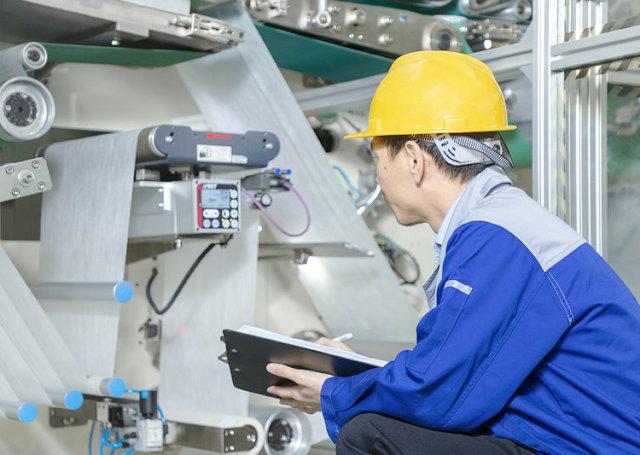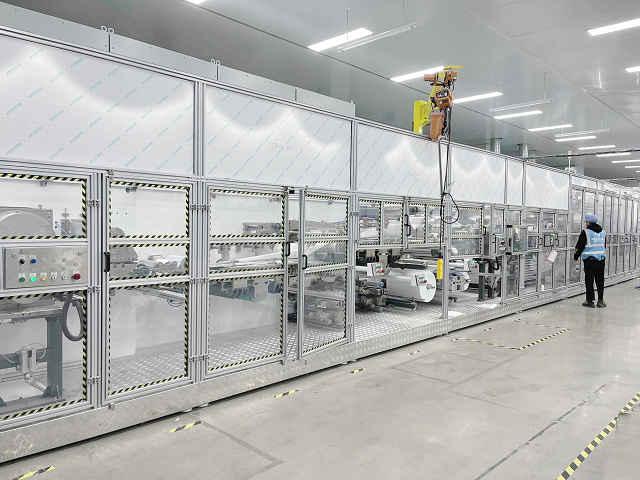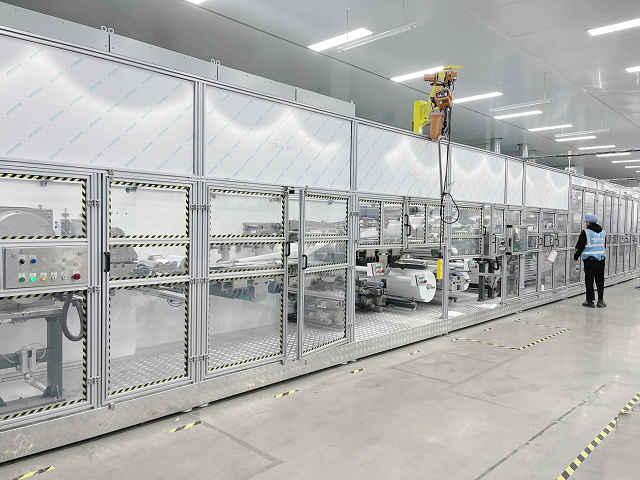Author:Haina Machinery Factory FROM:Diaper Machinery Manufacturer TIME:2023-08-13
Essential Product Knowledge for Female Diaper Making Machines

The female diaper industry plays a vital role in the hygiene sector, providing high-quality products for women's personal care needs. The production of female diapers requires advanced machinery to ensure efficiency and quality. This article aims to provide essential product knowledge for female diaper making machines, covering various aspects from design and functionality to maintenance and troubleshooting.

Female diaper making machines are designed with precision to meet the specific requirements of producing comfortable and effective diapers. These machines consist of several key components, including an unwind station for the raw materials, a forming system, an absorbent core placement unit, and a sealing and cutting mechanism. The unwind station allows the continuous feeding of materials such as non-woven fabric and superabsorbent polymers. The forming system shapes the diaper, while the absorbent core placement unit ensures the correct positioning of the absorbent material. Finally, the sealing and cutting mechanism seals the diaper edges and cuts them into individual units.
In addition to their basic functions, modern female diaper making machines are equipped with various features that enhance productivity and flexibility. Automated controls and sensors monitor the production process, ensuring consistent quality and minimizing waste. Adjustable settings allow for customization of diaper size, shape, and absorbency levels. Furthermore, some machines offer optional attachments for additional functionalities, such as printing expiration dates or incorporating wetness indicators.

To ensure smooth operation and prolong the lifespan of female diaper making machines, regular maintenance is essential. This includes routine cleaning, lubrication of moving parts, and inspection of belts and gears. It is important to follow the manufacturer's guidelines for maintenance intervals and procedures.
In case of any issues or malfunctions, troubleshooting steps can be taken to identify and resolve the problem. Common problems may include material feeding errors, sealing or cutting defects, or sensor inaccuracies. Troubleshooting involves a systematic approach of checking components, adjusting settings, and replacing faulty parts if necessary. Manufacturers usually provide detailed troubleshooting guides specific to their machines, which should be followed carefully.
Female diaper making machines are crucial for ensuring the production of high-quality and comfortable products for women's personal care. Understanding the design, functionality, maintenance, and troubleshooting of these machines is essential for operators and manufacturers in the hygiene industry. By acquiring comprehensive product knowledge, the efficiency and effectiveness of the production process can be optimized, leading to improved customer satisfaction and business success.
